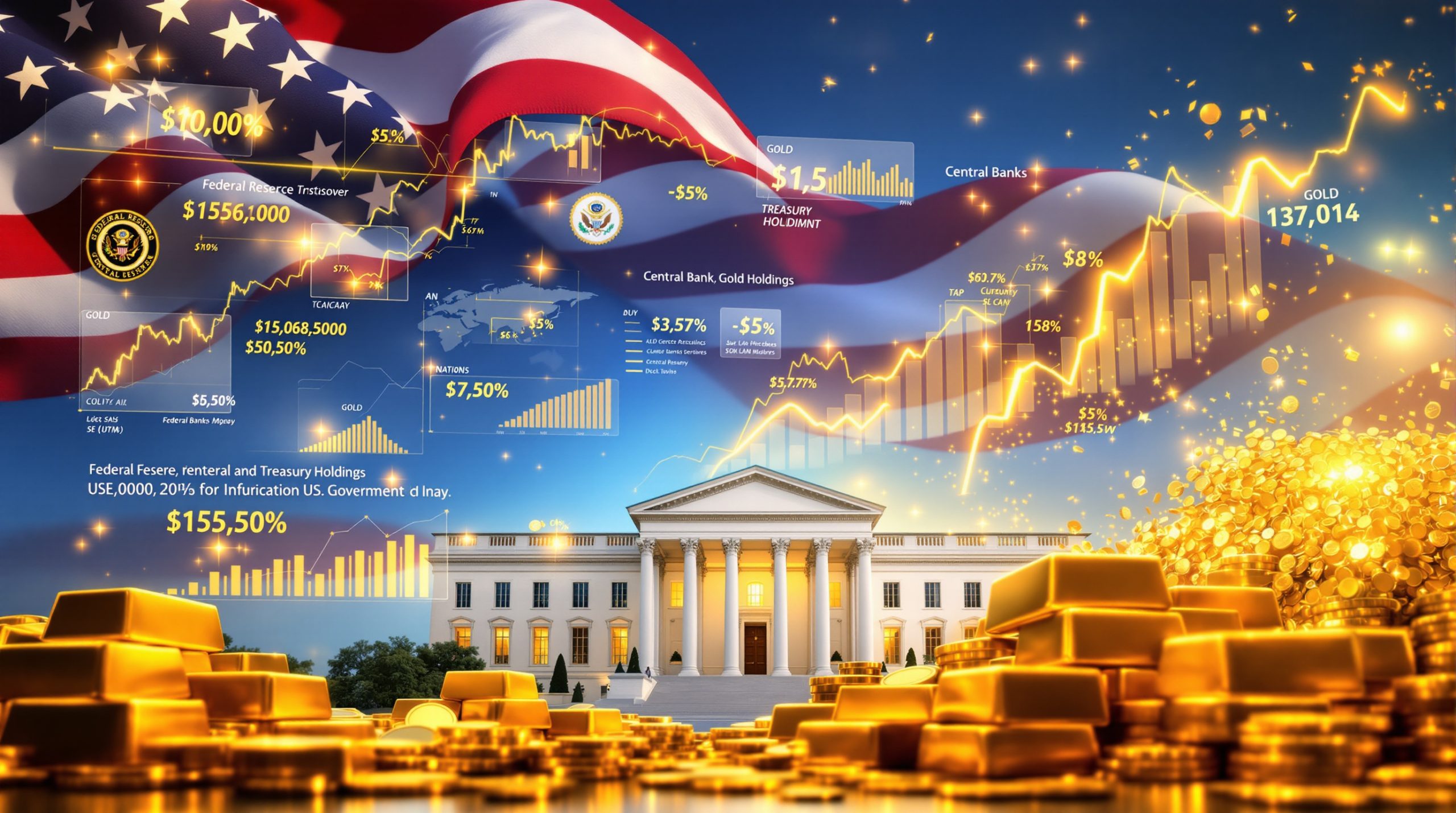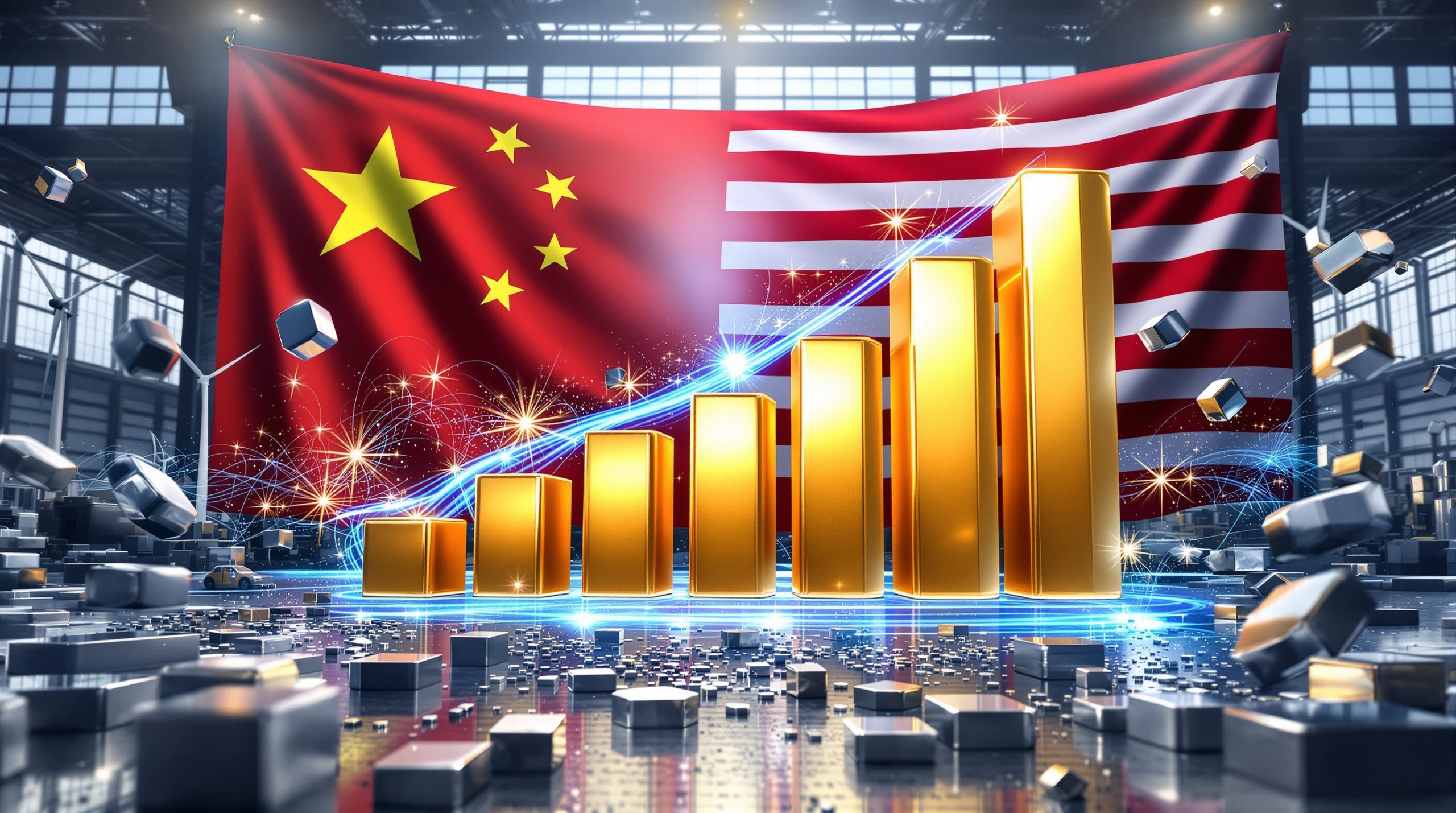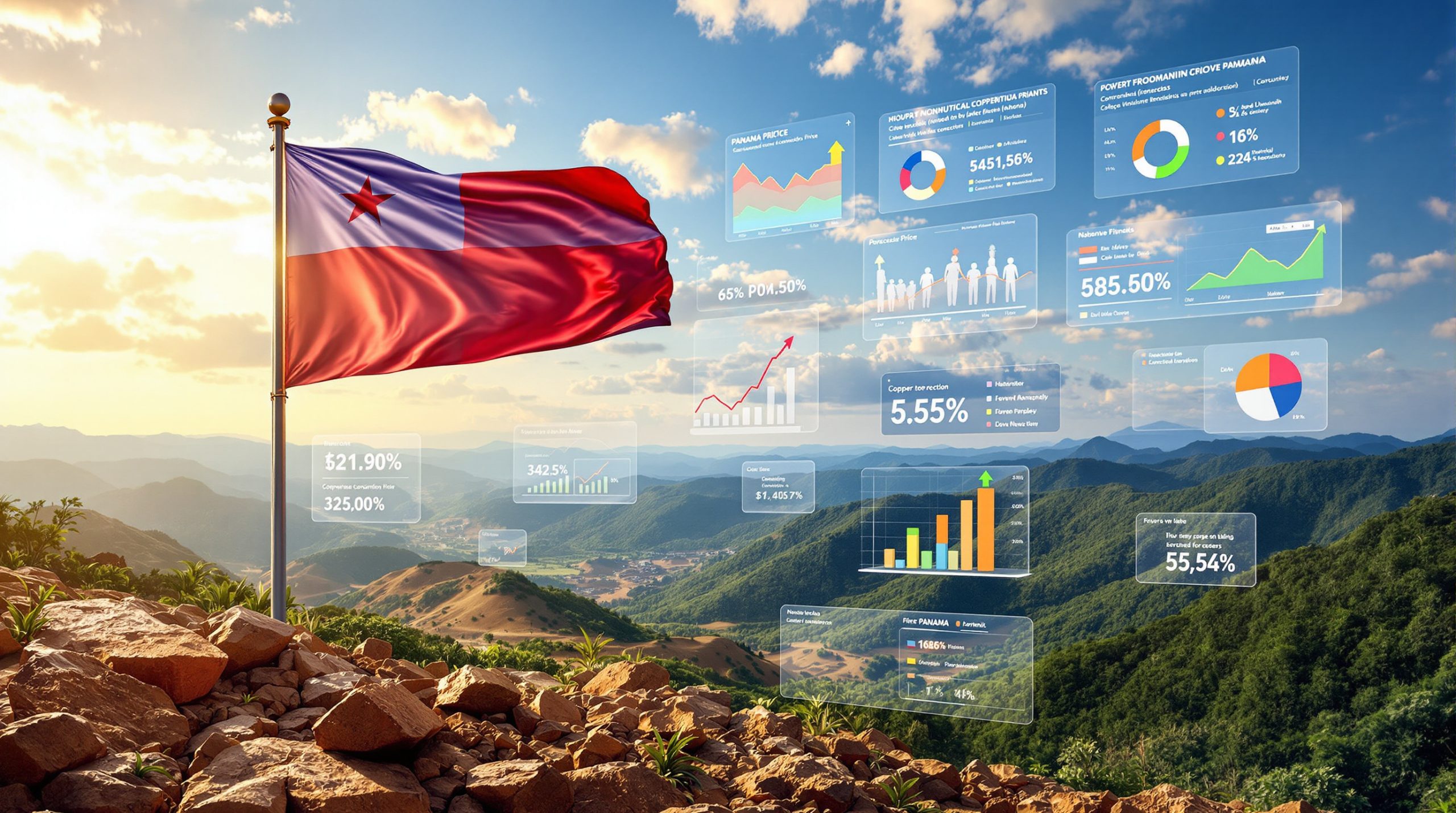What Are Lithium Tariff Exemptions and Why Do They Matter?
The global economic landscape is increasingly shaped by strategic trade policies, especially those concerning critical minerals. Lithium tariff exemptions have emerged as a pivotal policy tool that allows certain lithium products to enter countries without the standard import duties that would otherwise apply to comparable goods. These exemptions reflect the mineral's growing importance to national economic and security interests worldwide.
The Strategic Importance of Lithium in Global Trade
Lithium has rapidly transformed from a niche industrial material to one of the world's most strategically significant resources. This lightweight metal forms the foundation of modern battery technology, powering everything from smartphones to electric vehicles and grid-scale energy storage systems.
Critical mineral status: Government bodies including the U.S. Geological Survey and the European Commission have formally classified lithium as a critical mineral due to its irreplaceable role in energy transition technologies and potential supply chain vulnerabilities.
"Lithium is not merely another commodity – it represents energy independence, technological competitiveness, and climate action capacity all rolled into one mineral resource," notes the International Energy Agency in its Critical Minerals Outlook.
The global lithium market, valued at approximately $7.5 billion in 2022, is projected to reach $18.7 billion by 2030, representing a compound annual growth rate exceeding 12%. This explosive growth trajectory underpins lithium's designation as a strategic resource worthy of special trade consideration.
National security implications of lithium extend beyond simple economic concerns:
- Strategic battery production capabilities directly impact defense technologies
- Energy independence relies increasingly on lithium-based storage solutions
- Supply chain resilience for critical technologies depends on reliable lithium access
Recent Developments in Global Tariff Policies
Trade tensions between major economies have resulted in waves of tariff implementations, but critical minerals like lithium have received special treatment. The United States, European Union, and several other jurisdictions have carved out specific exemptions for lithium imports, recognizing that punitive tariffs could jeopardize domestic manufacturing capabilities.
Key policy developments include:
- The U.S. Section 301 tariffs on Chinese goods specifically exempt lithium compounds classified as critical minerals
- European Union's Carbon Border Adjustment Mechanism (CBAM) provides preferential treatment for battery materials
- Australia-Singapore and Chile-South Korea trade agreements include accelerated tariff reduction schedules for lithium products
The comparative approaches to lithium tariffs reveal important strategic differences:
| Country/Region | Raw Lithium | Lithium Compounds | Battery Cells |
|---|---|---|---|
| United States | Exempt | Exempt | 25% tariff |
| European Union | Exempt | 3.7% tariff | 4.7% tariff |
| China | 0% | 5.5% tariff | 12% tariff |
| Japan | Exempt | Exempt | 0% |
These exemptions highlight how governments are balancing protectionism with pragmatic supply chain needs. The strategic calculus involves ensuring domestic industries have access to required materials while simultaneously developing local production capabilities.
How Are Major Producers Responding to Tariff Exemptions?
Global lithium producers have adopted varied strategic postures in response to the evolving tariff landscape. Their reactions reflect not only immediate financial considerations but also long-term positioning in an increasingly complex geopolitical environment.
Albemarle's Strategic Position Amid Trade Tensions
Albemarle Corporation, one of the world's largest lithium producers, has demonstrated remarkable resilience amid global trade uncertainties. The company has maintained its 2025 outlook despite significant price volatility, thanks in large part to lithium tariff exemptions that provide critical operational flexibility.
CEO Kent Masters directly acknowledged this advantage in a recent earnings call: "We benefit from our global footprint and the current exemptions for critical minerals." This statement underscores how strategic trade policies directly impact corporate planning and market positioning.
Albemarle's operational footprint spans key lithium-producing regions:
- Americas: Facilities in Chile's Salar de Atacama and the Silver Peak operation in Nevada
- Australia: Talison Lithium joint venture operation at Greenbushes
- China: Processing facilities in multiple provinces
- Europe: Expansion plans for conversion facilities
This geographic diversity provides natural insulation against regional trade disputes, allowing the company to optimize production and shipping patterns according to the most favorable tariff structures. When Chinese markets face import challenges, Albemarle can redirect Australian spodumene to their U.S. operations, for example.
Impact on Corporate Financial Performance
Despite the strategic advantages of tariff exemptions, major lithium producers still face significant market headwinds. Albemarle's Q1 2023 financial results reveal the complex interplay between trade policy benefits and broader market pressures:
- Net loss: $340,000 compared to $9.1 million loss in the prior year
- Adjusted earnings: -18 cents per share versus analyst expectations of 59 cents
- Revenue challenges: Energy Storage division saw a $276.3 million drop attributed to a 34% price decline
The company's stock responded negatively to these results, falling to $58.35 in the trading session following the announcement. However, analysts note that without the buffer provided by tariff exemptions, the financial impact could have been substantially worse.
Other major producers show varying degrees of resilience:
- SQM (Chile) reported stronger margins due to lower production costs but similar revenue pressures
- Pilbara Minerals (Australia) has leveraged direct spodumene sales to markets with preferential tariff structures
- Ganfeng Lithium (China) faces the most challenging outlook due to reciprocal tariff policies targeting Chinese producers
Industry experts point out that companies with vertically integrated operations spanning multiple jurisdictions generally demonstrate better financial resilience in the current trade environment. For investors interested in this sector, a comprehensive mining stocks guide can provide valuable insights into navigating these complex market dynamics.
What Challenges Persist Despite Tariff Exemptions?
While lithium tariff exemptions provide significant advantages to producers and consumers alike, they represent only one factor in a complex global market facing numerous structural challenges.
Ongoing Market Pressures in the Lithium Sector
The lithium market currently faces a paradoxical situation: long-term demand projections remain extraordinarily robust, yet short-term oversupply has created significant price volatility and operational challenges.
Supply glut dynamics have emerged primarily from Chinese overproduction, as highlighted in Albemarle's investor communications. Chinese producers rapidly expanded capacity between 2021-2023, leading to inventory buildup throughout the supply chain. This oversupply situation is exacerbated by:
- Accelerated production from Australian hard rock (spodumene) operations
- New capacity coming online in Argentina's lithium triangle
- Slower-than-expected EV adoption in some markets
- Battery technology improvements reducing lithium intensity per kWh
Price volatility resulting from these supply-demand imbalances has been dramatic:
- Lithium carbonate prices peaked near $80,000 per tonne in late 2022
- Prices subsequently crashed to approximately $14,000 per tonne by early 2024
- A 34% year-over-year price decline was specifically cited in Albemarle's financial reporting
- Current prices hover near production costs for many higher-cost producers
This volatility has forced significant operational adjustments across the industry:
- Staff reductions at major producers including Albemarle
- Project delays for expansion plans (Kings Mountain expansion timing adjusted)
- Capital expenditure reductions across the sector
- Consolidation through mergers and acquisitions (e.g., Arcadium Lithium formation)
The Balancing Act: Trade Protection vs. Supply Chain Resilience
Government policymakers face an inherent tension between protecting domestic industries and ensuring material availability. Lithium tariff exemptions represent a compromise solution that acknowledges both imperatives.
The protective impulse drives tariffs on finished goods like battery cells and electric vehicles, which:
- Shield nascent domestic manufacturing capabilities from foreign competition
- Create incentives for local production and job creation
- Reduce dependence on potentially unreliable trading partners
- Address concerns about unfair subsidies or labor practices
The supply chain resilience imperative motivates exemptions for critical minerals like lithium:
- Ensures adequate material access for downstream manufacturing
- Prevents price spikes that could harm domestic battery and EV production
- Recognizes the geographic realities of mineral resource distribution
- Acknowledges processing capacity limitations in many regions
"Trade policy for critical minerals requires a scalpel, not a sledgehammer," notes a recent Wilson Center policy brief. "Exemptions for materials like lithium reflect the nuanced reality that protectionism must be balanced with practical supply chain needs."
Industry analysts speculate that exemption policies may evolve based on changing market conditions. If domestic lithium production capacity increases substantially, exemptions might be narrowed or eliminated to favor local producers. Conversely, supply shortages could prompt expanded exemptions to prevent manufacturing bottlenecks.
How Do Tariff Exemptions Affect the Global Lithium Supply Chain?
The structure of lithium tariff exemptions has begun reshaping global trade flows and investment patterns in ways that will have lasting impacts on the industry's development trajectory.
Geographic Advantages in the New Trade Environment
Different regions experience dramatically different outcomes under current exemption structures, creating winners and losers throughout the supply chain.
Australia has emerged as perhaps the biggest beneficiary of current tariff policies:
- Its spodumene concentrate can enter most major markets duty-free
- Processing can occur in the destination country, avoiding finished product tariffs
- Resource quality and established operations provide cost advantages
- Political stability makes it a preferred source for supply chain security initiatives
Australia's Lithium Prospects continue to strengthen as global demand for battery minerals grows, despite current market volatility. Meanwhile, Chile and Argentina maintain strong positions but face more complexity:
- Their brine-based lithium enters most markets with minimal tariffs
- Processing typically occurs in-country, creating some tariff exposure for compounds
- Distance to Asian markets creates shipping cost disadvantages
- Country-specific policies (Chile's new national lithium strategy) create regulatory uncertainty
Recent developments such as the significant Rincon Lithium Investment by Rio Tinto demonstrate continued confidence in South American lithium resources despite these challenges.
Chinese producers face the most challenging environment:
- Chinese lithium compounds often encounter reciprocal tariffs in Western markets
- Chinese processing dominance is being actively challenged by government policies
- Domestic oversupply has depressed global prices
- Vertical integration provides some insulation from tariff impacts
This situation has been further complicated by China's implementation of critical mineral export controls, which have added another layer of complexity to global supply chains.
This evolving landscape has shifted trade flows in measurable ways:
| Trade Route | Pre-Exemption Volume | Post-Exemption Volume | % Change |
|---|---|---|---|
| Australia to China | 85% of exports | 68% of exports | -17% |
| Chile to US/EU | 35% of exports | 52% of exports | +17% |
| China to US | 24% of US imports | 12% of US imports | -12% |
Note: Figures are approximate and based on industry analyst estimates
Investment Implications for Lithium Projects
Capital allocation decisions throughout the lithium sector are increasingly influenced by tariff considerations and exemption policies. Projects that might have been marginal under universal tariff regimes become economically viable when exemptions apply to their output.
Project economics have been directly impacted:
- Hard rock projects in North America receive significant valuation premiums
- Integrated mine-to-refinery projects near major markets attract greater investment
- Projects in countries with favorable trade agreements see accelerated development
- Remote resources without clear tariff advantages struggle to secure financing
Development timelines have also shifted in response to exemption structures:
- Projects in exemption-favorable jurisdictions report compressed schedules
- Financing closes more rapidly for tariff-advantaged operations
- Brownfield expansions replace greenfield developments where exemptions apply
- Joint ventures increasingly form along tariff-optimal supply chain pathways
Investor sentiment has become notably bifurcated, with strong preference for projects that maximize tariff exemption benefits. This creates a self-reinforcing cycle where exempt jurisdictions attract more capital, accelerating their development relative to non-exempt regions.
What's Next for Lithium Markets and Trade Policies?
Forecasting the future of lithium markets requires integrating insights about supply-demand fundamentals with evolving trade policy dynamics. The interplay between these factors will determine both near-term price movements and long-term industry structure.
Short-Term Market Outlook (2025-2026)
Most industry analysts project a gradual recovery from current oversupply conditions, though tariff policies will influence the pace and regional patterns of this recovery.
Price projections vary considerably but generally follow a similar trajectory:
- 2024-2025: Continued price weakness with lithium carbonate averaging $14,000-18,000/tonne
- Late 2025: Early signs of price recovery as inventory levels normalize
- 2026: Potential return to $25,000-30,000/tonne as new demand absorbs excess capacity
These projections assume current lithium tariff exemptions remain largely intact. Any significant policy changes could drive regional price divergences that aren't captured in these global averages.
Production forecasts indicate continuing geographic shifts:
- Australian spodumene output growth moderating to 5-7% annually
- Latin American brine expansion accelerating, especially in Argentina
- North American production beginning significant contribution by late 2025
- Chinese production growth slowing dramatically from recent expansions
Policy developments likely to influence exemption status include:
- U.S. review of Section 301 tariffs scheduled for 2025
- European Critical Raw Materials Act implementation timelines
- Potential new bilateral agreements focusing on critical minerals
- WTO dispute resolution outcomes related to discriminatory exemptions
For a more comprehensive understanding of these trends, investors should consult detailed global commodities insights that explore the interplay between market fundamentals and policy factors.
Long-Term Strategic Considerations
Beyond immediate market dynamics, several fundamental forces will shape the evolution of lithium markets and associated trade policies over the coming decade.
Critical minerals security will increasingly drive government actions:
- National stockpile programs for lithium and other battery materials
- Expanded domestic content requirements for government procurement
- Financial incentives tied to domestic or "friendly" sourcing
- Classification systems distinguishing "secure" from "vulnerable" supply chains
Regional lithium processing hubs will likely emerge to optimize around tariff structures:
- North American processing capacity expanding dramatically by 2028-2030
- European refining capabilities developing despite limited domestic resources
- Southeast Asian processing potentially serving as neutral territory in US-China tensions
- African processing emerging to serve European markets under preferential terms
Technology developments could significantly alter lithium demand patterns:
- Sodium-ion batteries potentially reducing lithium intensity in stationary storage
- Direct lithium extraction technologies changing brine economics
- Recycling reaching commercial scale by 2028-2030
- Solid-state batteries potentially increasing lithium demand per kWh
"The lithium industry of 2030 will bear little resemblance to today's market," suggests Benchmark Mineral Intelligence. "Tariff policies are accelerating a regionalization trend that was already underway, creating a more distributed and resilient—if less efficient—global supply chain."
FAQ About Lithium Tariff Exemptions
Which Countries Currently Offer Lithium Tariff Exemptions?
Major economies have adopted varying approaches to lithium tariffs, creating a complex global landscape that producers must navigate carefully.
The United States has established the most comprehensive exemption framework:
- Raw lithium materials exempt under Section 301 critical minerals provisions
- Lithium compounds (carbonate, hydroxide) generally exempt from Chinese tariffs
- Additional preferential treatment for imports from USMCA partners
- IRA tax credits available for materials from Free Trade Agreement countries
The European Union offers a more limited exemption structure:
- Raw materials enter with minimal or zero tariffs
- Lithium compounds face modest tariffs (typically 3.7%)
- Preferential treatment for African, Caribbean and Pacific (ACP) country imports
- CBAM implementation will affect lithium processed in high-carbon jurisdictions
China maintains strategic flexibility in its approach:
- Generally low or zero tariffs on raw lithium materials
- Targeted reciprocal tariffs on specific lithium products from select countries
- Export restrictions on certain lithium processing technologies
- Preferential treatment for Belt and Road Initiative partner countries
Other significant frameworks include:
| Country | Raw Materials | Compounds | Notable Features |
|---|---|---|---|
| Japan | Exempt | Exempt | Comprehensive exemptions to support battery industry |
| South Korea | Exempt | 2.8% tariff | FTA network provides preferential sourcing options |
| India | Exempt | 7.5% tariff |
Want to Profit from the Next Big Mineral Discovery?
Discovery Alert's proprietary Discovery IQ model delivers real-time notifications on significant ASX mineral discoveries, turning complex announcements into actionable investment insights. Explore why historic discoveries can generate exceptional returns by visiting the Discovery Alert discoveries page and begin your 30-day free trial today.




